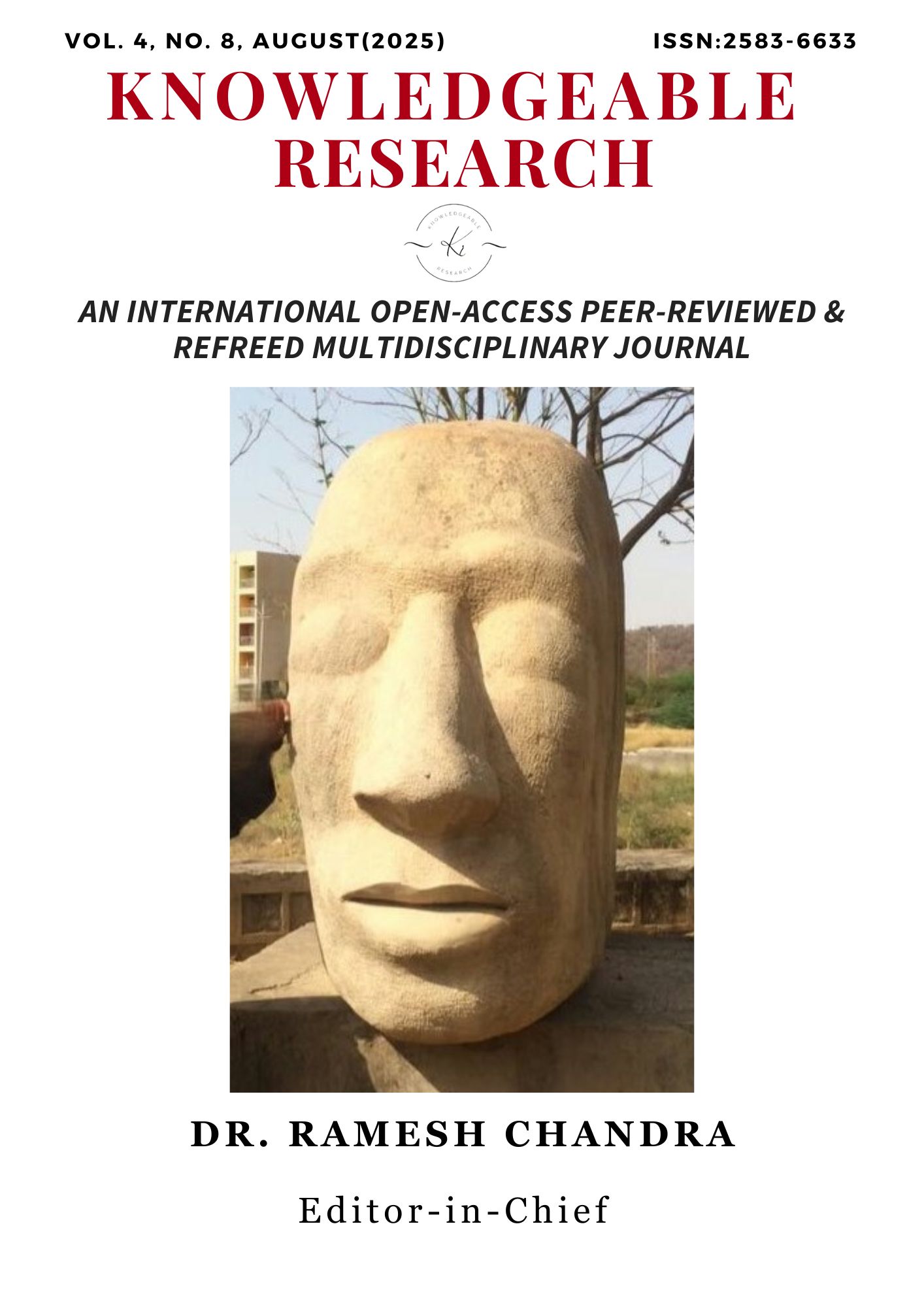Reform, Resistance, and Relevance: Socio-Religious Movements in Colonial India
Main Article Content
Abstract
Indian society in the nineteenth century was trapped in a vicious web of religious superstitions and social decay. The country was in a state of perpetual social and spiritual decline. Indian culture and civilisation were facing a severe identity crisis from the onslaught of an alien culture which has already tasted the fruits of enlightenment. There was an attempt by the colonial power to extend the process of subjugation from political to social and then cultural levels.
With the advent of the Nineteenth century, the situation began to change with the emergence of new awareness and the generation of new ideas in Indian Society, often referred to as the Indian Renaissance. It was the time when the British rule had strengthened in India. The country was witnessing changes at the societal level, and medieval traditions and practices were beginning to lose their significance as they failed to adapt to the times. The society had degenerated and was crying for urgent reforms in the spheres of society and religion. The onus on the reformers was to reform society on modern and scientific lines, and this was attempted by redefining the religious and social practices prevailing in the country. The major problem in society was related to the deplorable condition of women. Society was plagued by several inhuman practices and customs that directly impacted the status of women in society. Women were victims of social practices like Sati, Child marriage, murder of girl child, social ban on Widow remarriage, etc. Above all, in the name of morality, they were also forced to confine themselves under the four walls of their house, observing the Purdah system.
Article Details
Section

This work is licensed under a Creative Commons Attribution-NonCommercial 4.0 International License.

